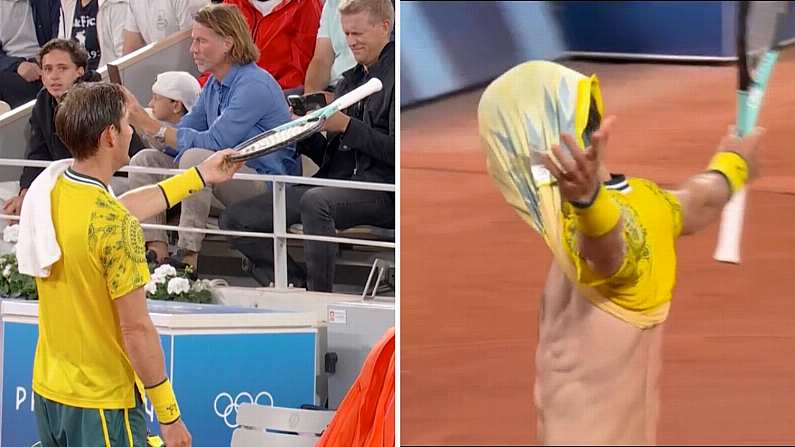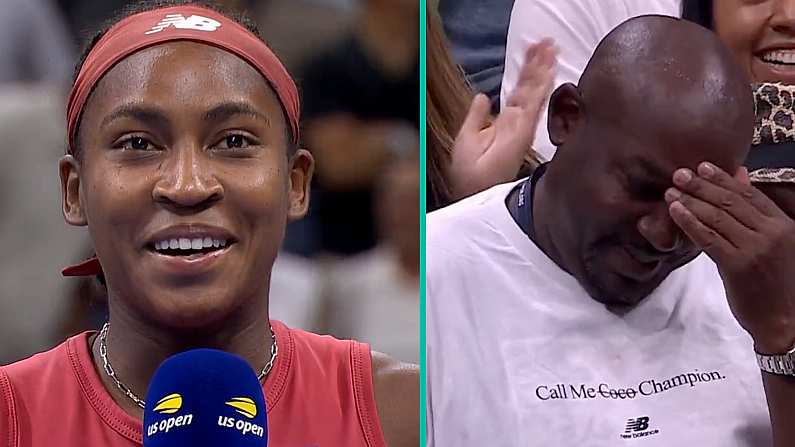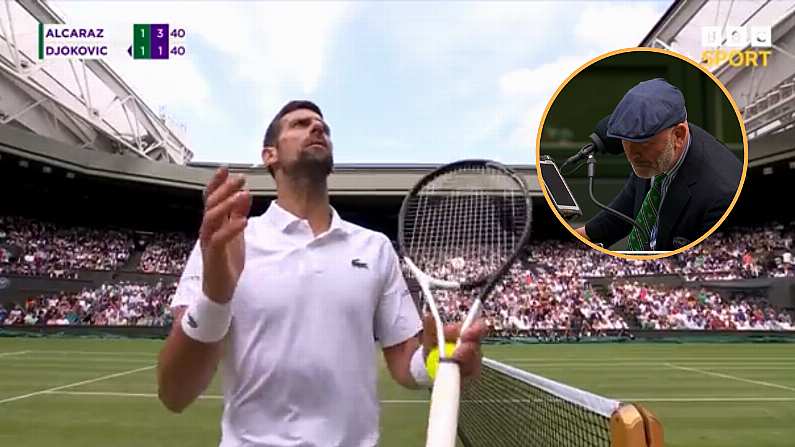With one notable exception, the tennis community adopted an understanding (cynics suggested tellingly so) attitude to Maria Sharapova's doping admission.
Her top drawer management of the message attracted special praise.
However, as more and more info seeps out about this mysterious, otherworldly sounding item, 'Meldonium', the tide of commentary is turning against the Russian.
We've been fooled by too many smooth presentations in the past.
Yesterday, Sharapova reported that she had been taking this substance for ten years due to an irregular heartbeat and a history of diabetes in her family.
She said she was unaware the item had been added to the banned list at the start of this year.
Tonight, it has emerged that Sharapova was warned on no fewer than five occasions by the tennis authorities that the substance she was taking had been added to the banned list.
Richard Ings, the former head of the anti-doping programme in tennis took a very sceptical view of her claims.
There are no excuses for not knowing it was on the banned list. The bottom line will be the doping control form and whether there has been full and honest disclosure of all the medication she was taking.
Furthermore, the Times contacted the manufacturers who said that the drug was not to be prescribed for diabetes treatment.
Treatment course of meldonium may vary from four to six weeks [and] can be repeated twice or thrice a year. It is not to be prescribed to treat diabetes.
Like all drugs, it is hugely popular in Russia, with a 2015 study revealing that 17% of all Russian athletes had it in their system.
The drug's inventor proudly attests to its performance enhancing qualities.












